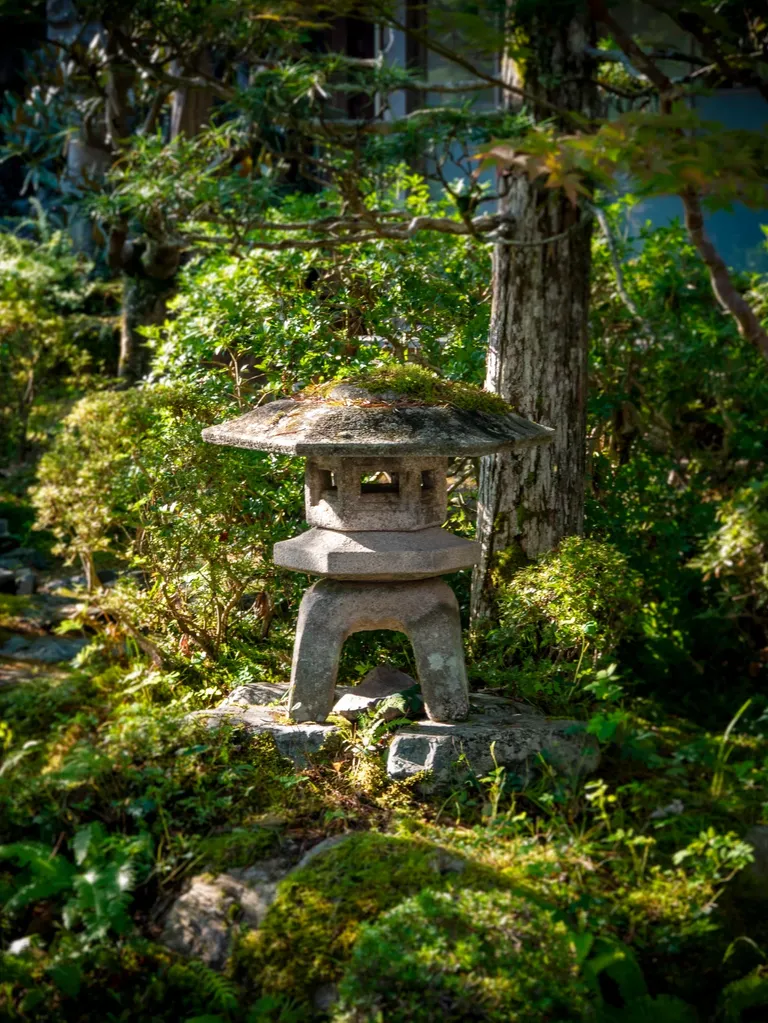
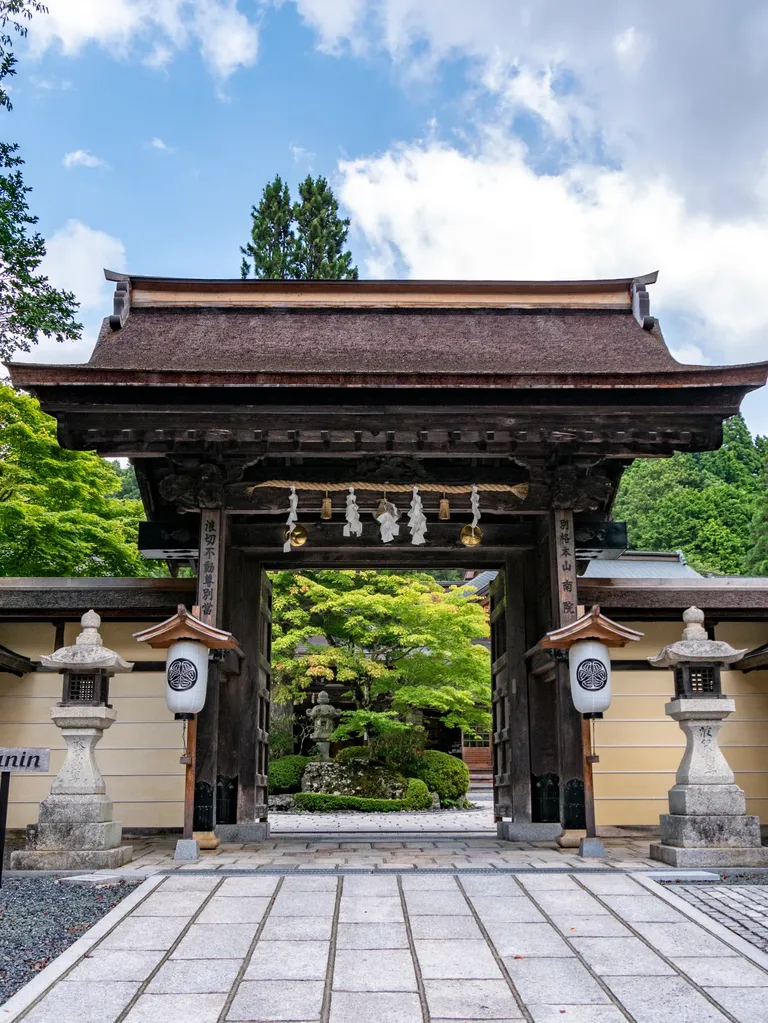
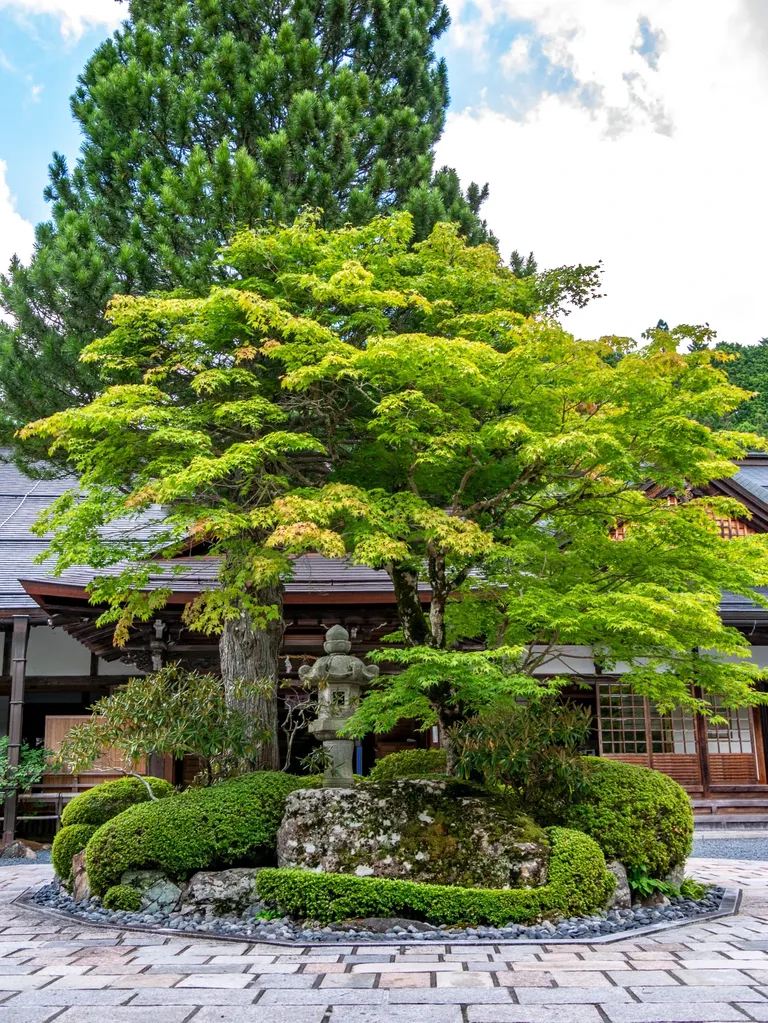
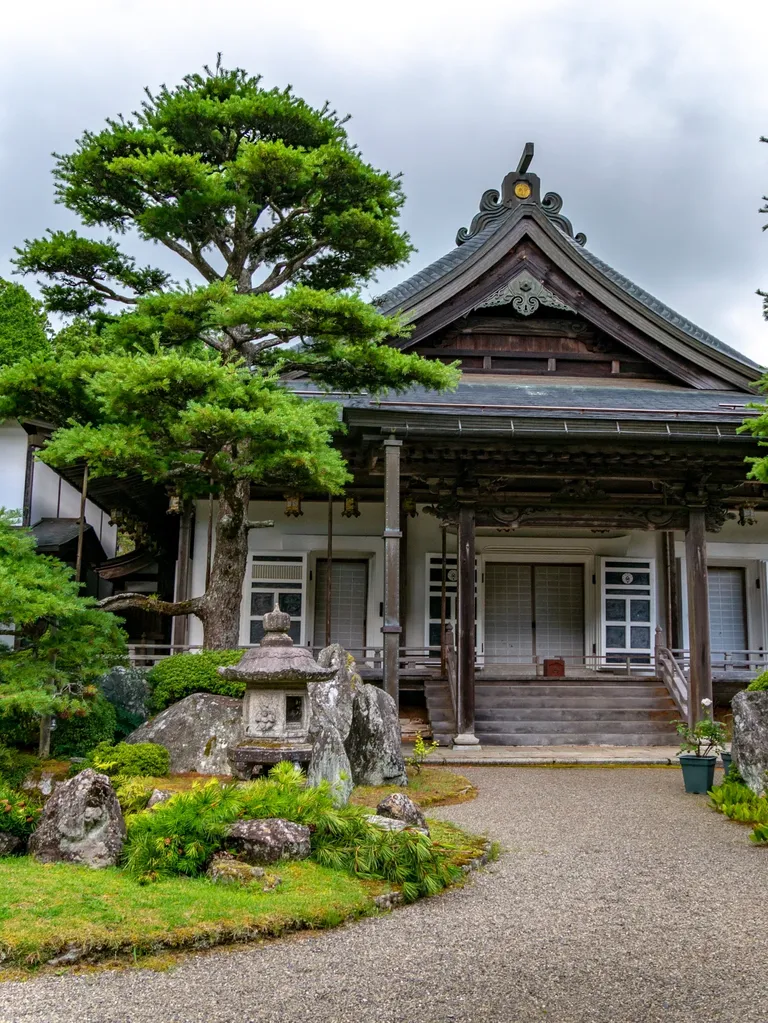
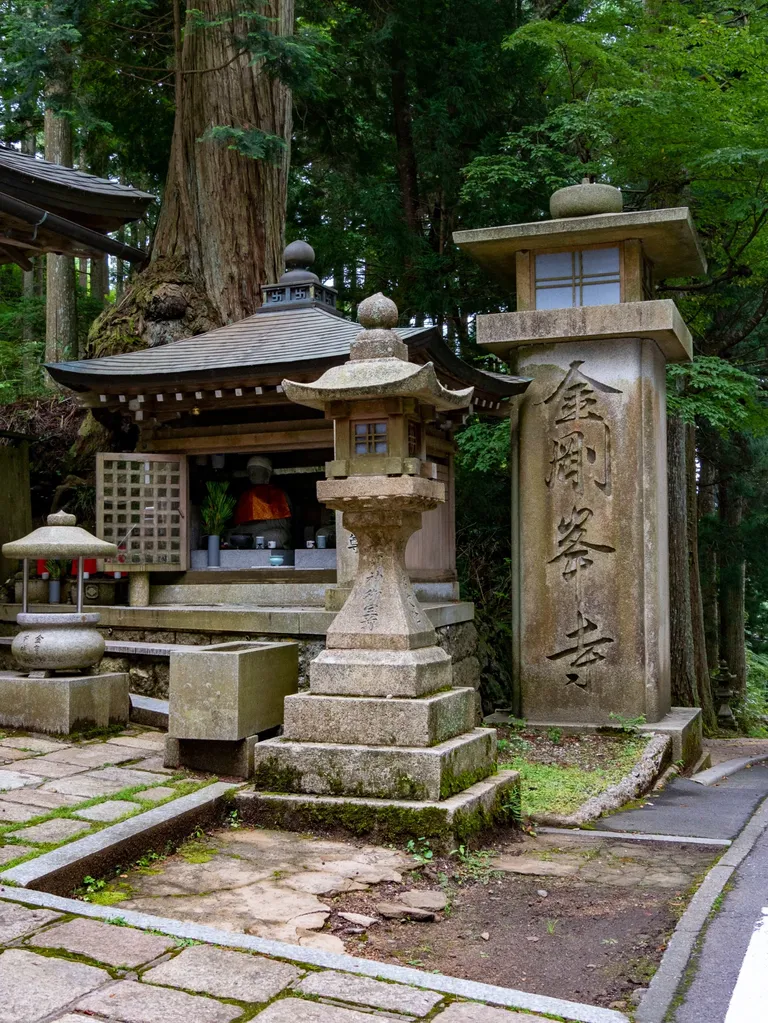
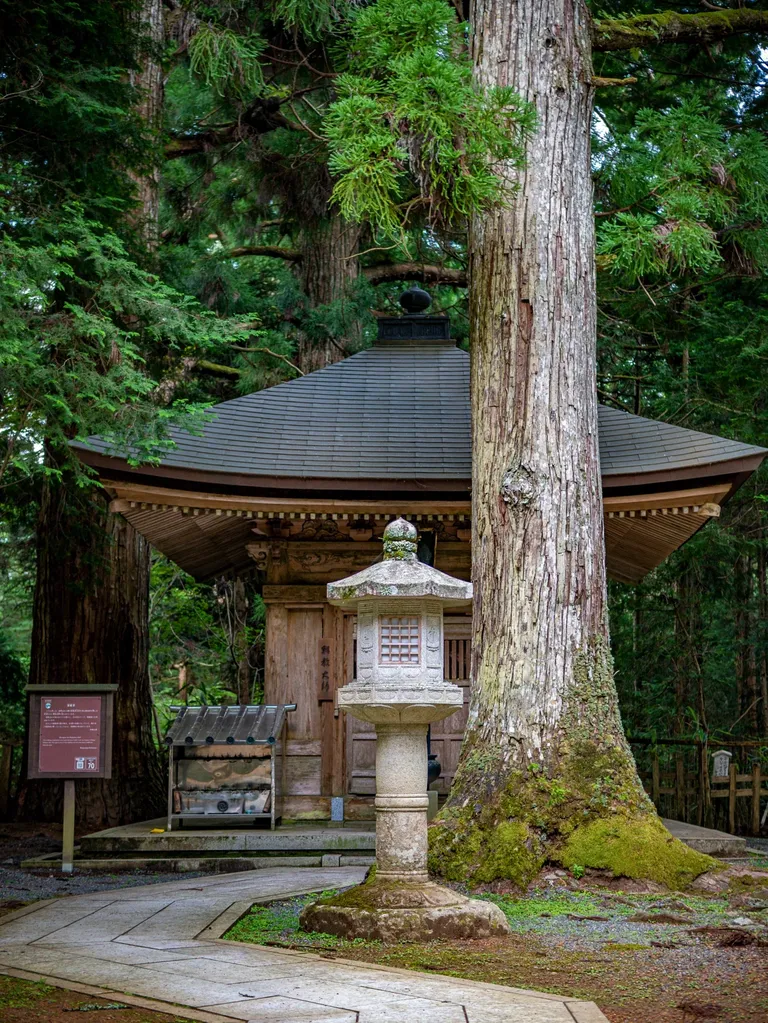
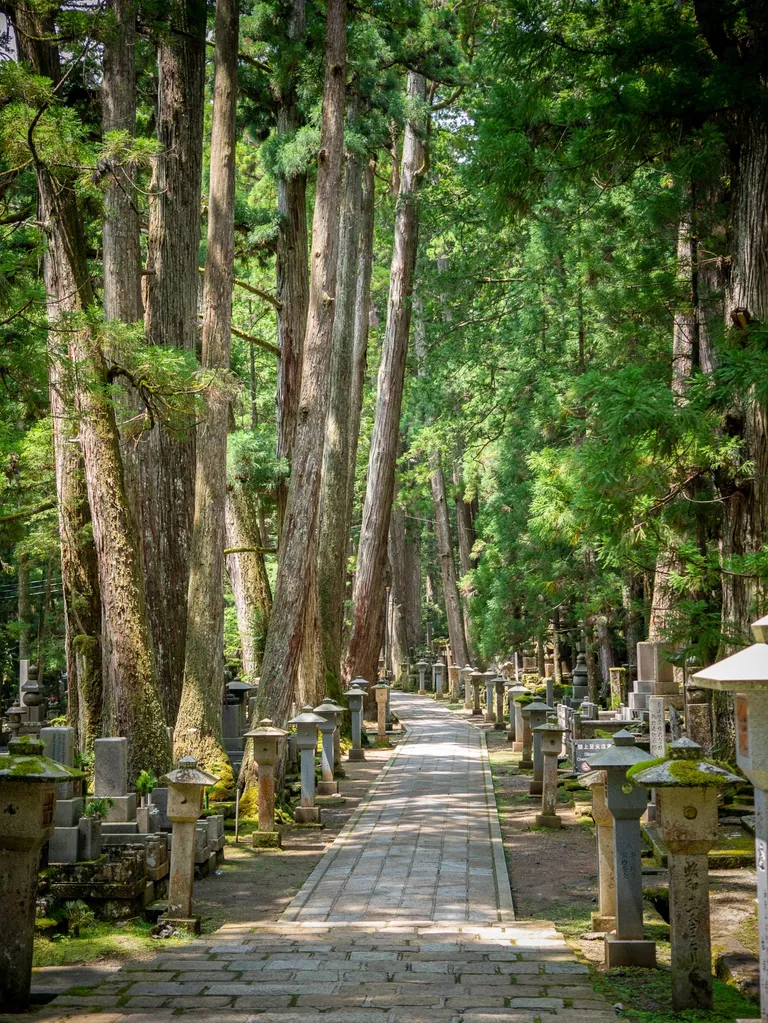
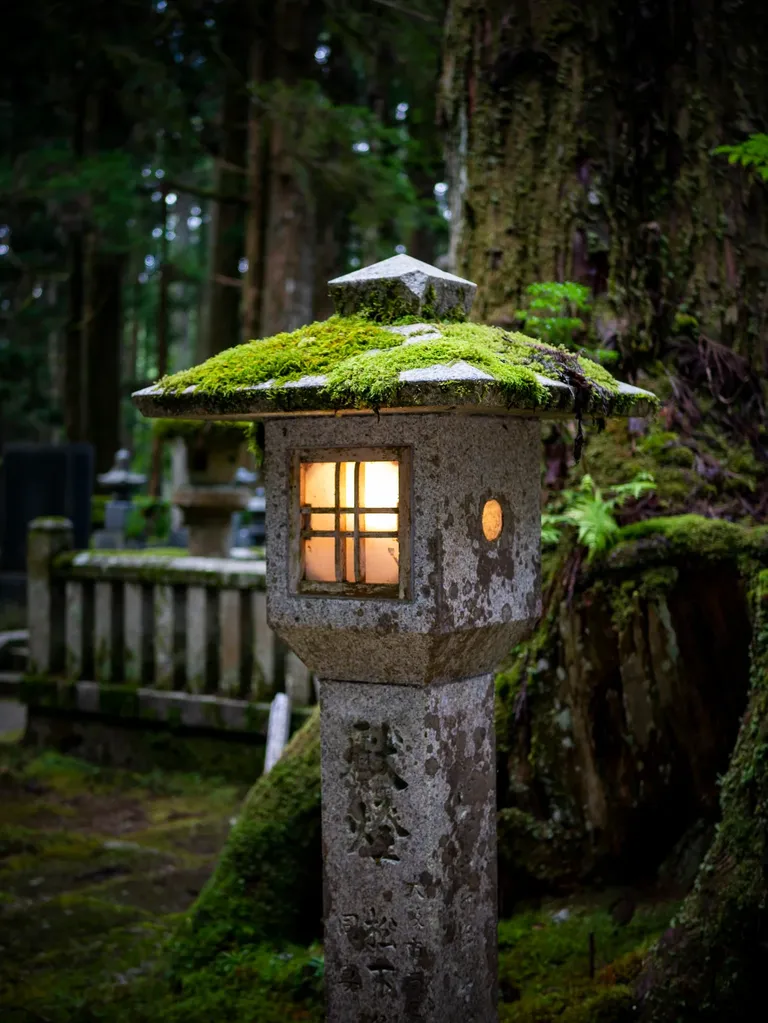
Hello everyone,
Today, I would like to talk about the stone lanterns that we often see in the temples or sanctuaries in Japan.
In reality, these lanterns originate from China and have been propagated to other countries of the Far East (Korea, Japan, ... ). This expansion is closely related to the expansion of the Buddhist religion from China to neighboring countries. Indeed, the lit lanterns are offerings to Buddha. However, today they are much less widespread in China and Korea than in Japan where they are visible absolutely everywhere.
Called Tōrō in Japan (the ō stands for "long o's", as in Japanese the length of vowel sounds can be doubled), they are often made of stone, but can sometimes be made of bronze or wood. They ceased to be an attribute of the Buddhist religion and were installed in Shinto shrines, but also in Japanese gardens for their aesthetic character. In fact, around the 16th century, these lanterns were adopted by tea masters and were therefore installed in the gardens of tea houses.
There are several variations regarding the design of these lanterns. For example, in gardens, it will be more common to find small lanterns with a large cap mounted on legs that sometimes dip into the water. There are also lanterns that are planted directly in the ground (most often along paths) and others that are simply placed on a large stone base.
The Toro is often decorated with multiple religious symbols, especially Buddhist ones. There are even lanterns in the shape of a pagoda with 3 or 5 floors.
It is also interesting to note that some of these lanterns are decorated with hidden Christian symbols! Indeed, it was a way for Japanese Christians to recognize themselves and continue to practice their faith. Indeed, Christians were persecuted in Japan for 3 centuries between the end of the 16th and the end of the 19th century.
That's it for me for today! I hope you enjoyed these few pictures of Japanese lanterns!
Thanks for reading to the end, and as always, feel free to leave a comment!
Version Fr :
Bonjour à tous,
Aujourd’hui, je voudrais vous parler des lanternes de pierre que l'on voit souvent dans les temples ou dans les sanctuaires au Japon.
En réalité, ces lanternes proviennent de Chine et ont été propagées aux autres pays d'Extrême-Orient (Corée, Japon, ... ), notamment à travers l'extension de la religion Bouddhiste. En effet, les lanternes allumées sont des offrandes à Bouddha. Cependant, elles sont aujourd'hui beaucoup moins répandues en Chine et en Corée qu'au Japon où elles sont visibles absolument partout.
Appelé Tōrō au Japon (les ō représentent des "o longs ", car en japonais la longueur des sons voyelle peut être doublée), elles sont souvent en pierre, mais peuvent parfois être construites en bronze ou en bois. Elles ont cessé d'être un attribut de la religion Bouddhiste et elles ont été installées dans les sanctuaires Shintô, mais aussi dans les Jardins japonais pour leur caractère esthétique. En effet autour du 16e siècle, ces lanternes ont été installées adoptées par les maîtres de thé et ont donc été installés dans les jardins des maisons de thé.
Il y a plusieurs variations concernant le design de ces lanternes. Par exemple, dans les jardins, il sera plus commun de trouver des lanternes de petite taille avec un large chapeau et montées sur des pieds qui plongent parfois dans l'eau. On trouve aussi des lanternes directement plantées dans le sol (le long des chemins le plus souvent) et d'autres simplement posées sur un large socle de pierre.
Les Toro sont souvent ornées de multiples symboles religieux et notamment Bouddhistes. On trouve même des lanternes en forme de pagode à 3 ou 5 étages.
Il est également intéressant de noter que certaines de ces lanternes sont ornées de symboles chrétiens dissimulés ! En effet, c'était un moyen pour les chrétiens du Japon de se reconnaître et continuer à pratiquer leur foi lors de la persécution des chrétiens au Japon qui dura 3 siècles entre la fin du 16e et la fin du 19e siècle.
Voilà, c’est tout pour moi pour aujourd’hui ! J’espère que vous avez apprécié ces quelques photos de lanternes japonaises !
Merci d’avoir lu jusqu’au bout et comme toujours, n’hésitez pas à laisser un commentaire !
For the best experience view this post on Liketu
Your post made want to get a stone lantern for our garden :D
!PGM
BUY AND STAKE THE PGM TO SEND A LOT OF TOKENS!
The tokens that the command sends are: 0.1 PGM-0.1 LVL-0.1 THGAMING-0.05 DEC-15 SBT-1 STARBITS-[0.00000001 BTC (SWAP.BTC) only if you have 2500 PGM in stake or more ]
5000 PGM IN STAKE = 2x rewards!
Discord
Support the curation account @ pgm-curator with a delegation 10 HP - 50 HP - 100 HP - 500 HP - 1000 HP
Get potential votes from @ pgm-curator by paying in PGM, here is a guide
I'm a bot, if you want a hand ask @ zottone444
Haha thanks !
I love them as well but they are hard to get as they are produced in Japan and quite heavy!
This does not apply if you are a stonecutter yourself of course 😉
Thanks a lot!
Congratulations @emeraldtiger! You have completed the following achievement on the Hive blockchain and have been rewarded with new badge(s):
Your next target is to reach 1250 upvotes.
You can view your badges on your board and compare yourself to others in the Ranking
If you no longer want to receive notifications, reply to this comment with the word
STOPTo support your work, I also upvoted your post!
Support the HiveBuzz project. Vote for our proposal!